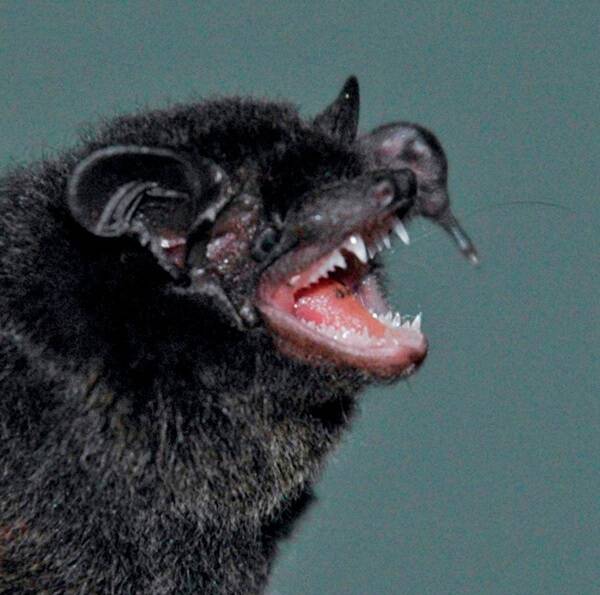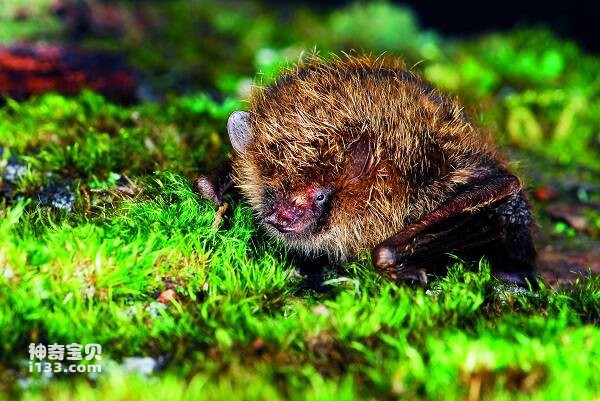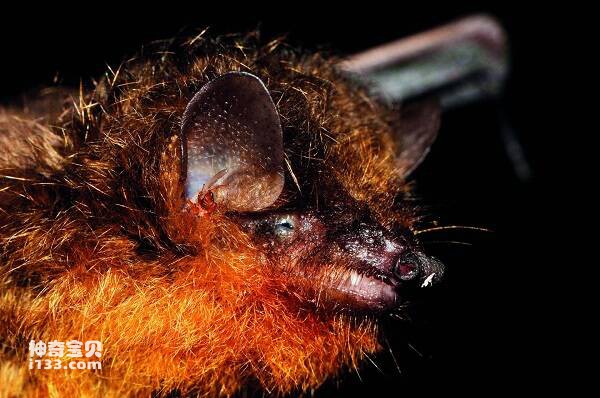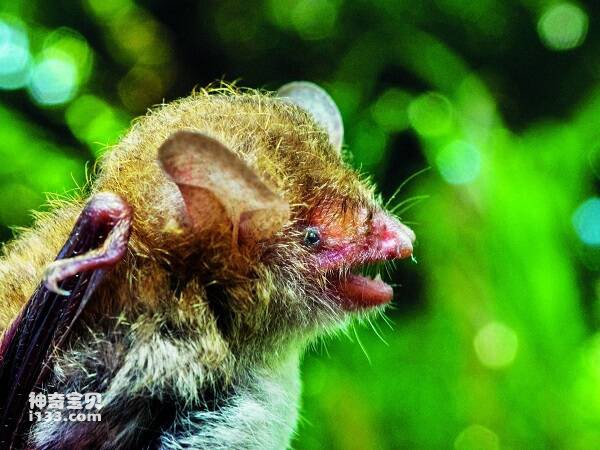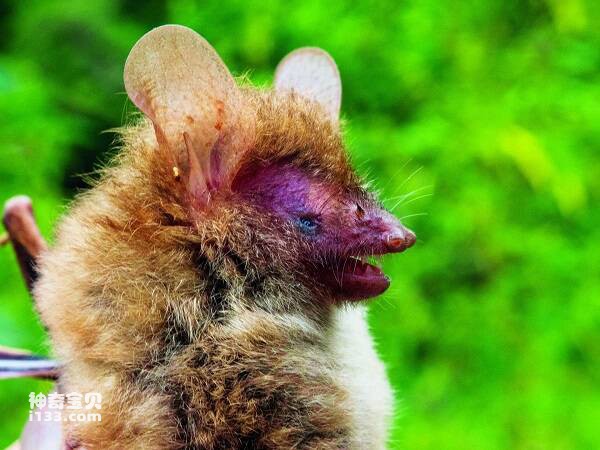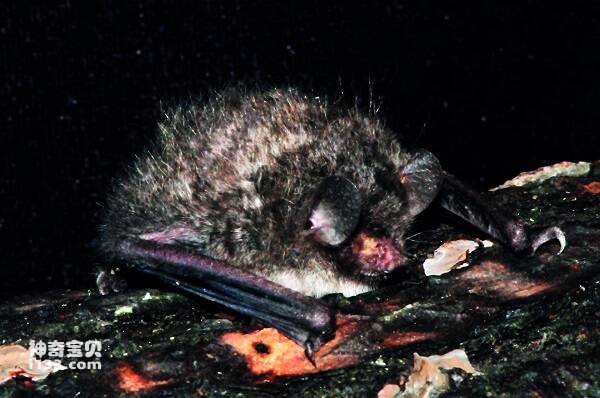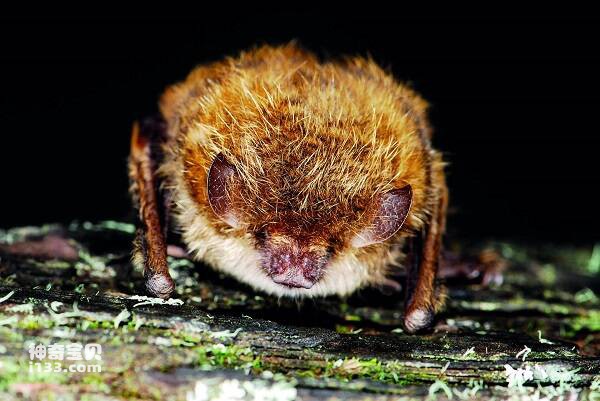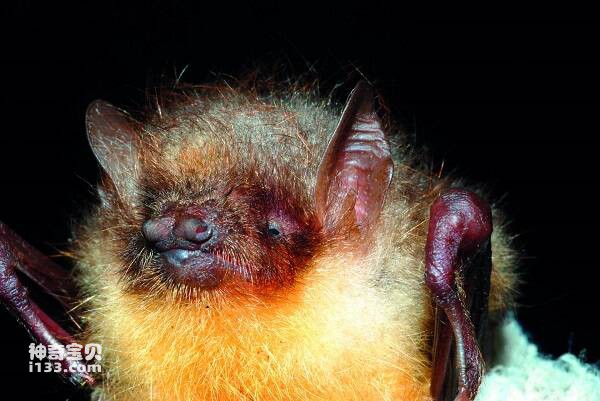CHIROPTERA
IUCN
LCBasic Information
Scientific classification
- name:CHIROPTERA
- Scientific Name:CHIROPTERA,Pipistrellus minus
- Outline:Chiroptera
- Family:Chiroptera batidae Pipistrella
Vital signs
- length:33-45 mm
- Weight:3-4g
- lifetime:
Feature
The cranium is small and flat
Distribution and Habitat
It is mainly distributed in southern China, Yunnan, Sichuan, Chongqing, Guizhou, Guangxi, Hainan, Guangdong, Fujian and Zhejiang. Abroad it ranges from Afghanistan to the Moluccas in Indonesia, Laos, Vietnam, the Cocos Islands and Christmas Island.
Appearance
It's very small. Head length 33-45mm. Tail length 20-35mm. Forearm length 25-31mm. Hind foot length 4-6mm. The body weight is about 3-4g, slightly smaller than the common pipistrella. The face is bare, the nose is slightly tubular, and the nostrils are slanted laterally. The snout and face are slightly short-haired and nearly nude. The ears are large, but the front fold cannot touch the snout, and the tip is blunt; The tragus is less than half the length of the ear, the front end is slightly curved toward the snout, and the tip is blunt. The alar membrane ends at the base of the toe and has a distant marginal membrane, but it is not obvious. The penis is 6-7mm long. Dense forehead hair, bluish black. The nape, back and rump are lighter than the forehead, dark brown, the hair tip is slightly brown, the abdomen is lighter than the back color, more light gray. The skull is slender and the cranium is small and flat. The total length of the skull is about 12mm, the snout is narrow, the
Details
Pipistrella is also known as the Jurassic wing. Wang Yingxiang (2003) identified Pipistrellus mimus as a separate species, but Smith & Xie Yan (2009) identified it as a subspecies of Pipistrellus mimus (<P. t. minus>). It is widely distributed at low latitudes. The habitat is mainly in the cracks of buildings, including houses, Bridges, etc., and occasionally can be seen in tree holes or cluster leaves. Gather in small groups or live alone, forage for small insects in the air at dusk and early in the morning, like foraging in forest edges, open fields, crop fields, water edges and other places.
Pipistrella is mostly insectivorous, and some species feed on fish. Species found in colder regions hibernate or migrate.
It has been included in the Chinese Red List of Biodiversity - Vertebrate volume, and the assessment level is near threatened NT.
